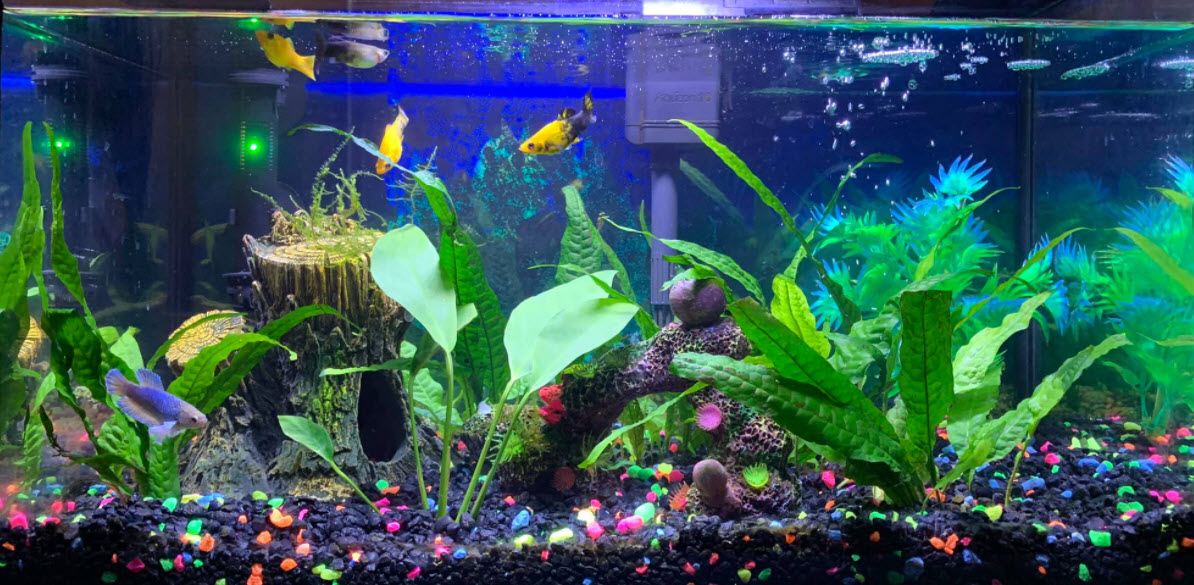
This website uses a multi-level approach to any subject. The easiest explanation is first and then there are typically a series of more and more complex explanations. In the last article we looked at the five things that allow fish to thrive. This is a link to that article:
1.1.12. How to Make Fish Thrive
Then we listed a series of items that are NOT important. Here we go into greater depth on the aquarium parameters which are not important, with links to even further levels in yet greater depth.
Unimportant things include:
- Method of Cycling
- Type of Food (directly)
- Water Changes
- pH
- Water Hardness, GH, KH
- Total Dissolved solids (TDS)
- Ammonia and Nitrite (directly)
- Nitrate levels
- Turn-over Through the Filter
- Stocking Ratio
- Temperature
- Stability of Water Parameters
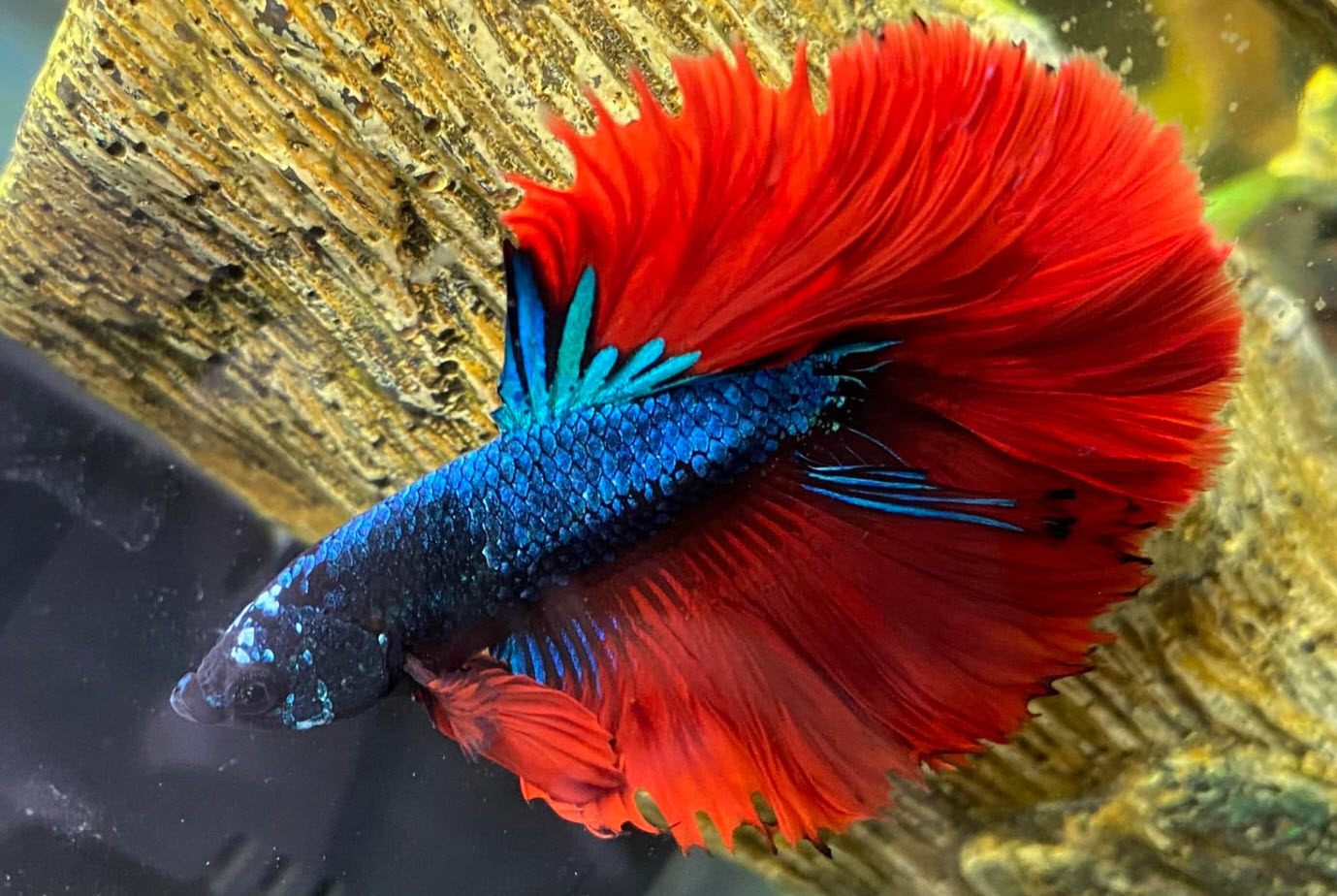
Cycling
Mother Nature will cycle any aquarium even if the newcomer doesn’t do formal cycling. And 99% of the time the fish will be just fine if the newcomer is smart enough to stock lightly and feed lightly.
Occasionally a newbie will add too many fish which are too large and overfeeds them. This results in a high bacterial count in the water and the fish die from the toxins the bacteria produce and the stress this causes. This is called “New Tank Syndrome”. But it is much less common than social media would have us believe.
But if one is interested in cycling in-depth here is an article on the very many ways to do successful aquarium cycling, from the very simple approach to the very complicated approach:
2, Cycling an Aquarium
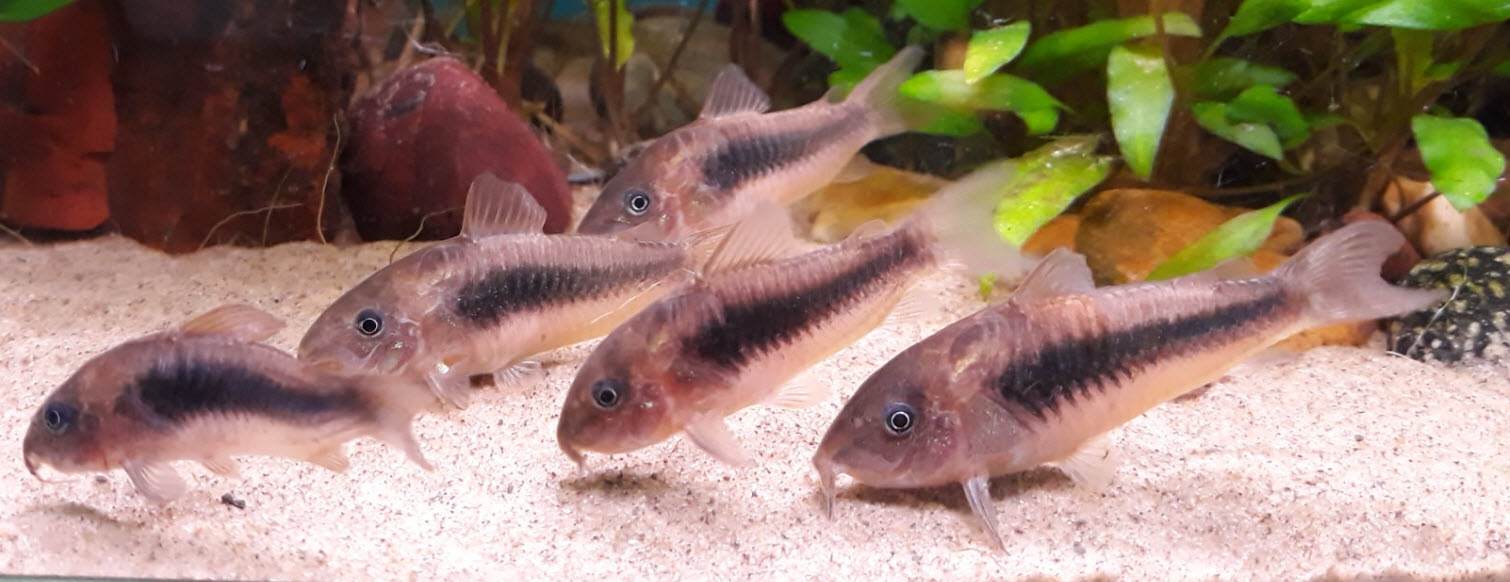
.
Food
The level of protein in a food is INDIRECTLY important to the ecology of an aquarium in a very long line of causation, with higher protein levels giving a healthier aquarium. When I have to buy fish food I ALWAYS buy the greatest protein percentage I can find because of this indirect relationship to the health of the fish in the aquarium.
But the DIRECT effect of the fish food content is surprisingly unimportant. Food is not DIRECTLY important for two basic reasons. First, because people have become very good at reading and interpreting labels, the commercial fish food is all pretty good (note this does not seem to hold true in areas outside the USA like India or Malaysia). It has to be decent or it won’t sell. Secondly fish in an aquarium typically get much more food than fish in the wild. So most fish in an aquarium get all the nutrition they need. To delve into this in more depth go to this link:
3.1. Unimportance of Food
.

Water Changes
Water changes are nowhere near as important as people claim. Many very successful aquarists do little or no water changes. Those interested in the subject in more detail can go to this link:
18.1. Water Changes

.
pH
pH is another parameter of little importance. Virtually all fish do just fine in anything from a 6.5 to an 8.5 pH AS LONG AS THEY HAVE BACTERIA FREE WATER. Those interested in the subject in more detail can go to this link:
4.4.1. Unimportance of pH
One myth to be dispelled here is that fish which have been bred in captivity are somehow more resistant to high or low pH and hardness excursions. The science says this isn’t true. ALL fish are equally immune to pH, temperature, KH and GH excursions. Breeding has nothing to do with it. Click on this link for this discussion:
4.7. Fish Tolerance to pH

Hardness
Hardness is of little consequence except in that some KH stops a “crash” (high ammonia levels) or “old tank syndrome” from occurring. And some KH is needed during cycling. Also some fish require very specific GHs in order to successfully breed. Click on this link for this discussion:
4.5. Water Hardness
Total Dissolve Salts (TDS)
Salts are no important so long as most fish have a little. If one has RO water they take on more significance. Total dissolved solids (i.e. TDS the amount of salts) should be above 60 ppm. Click on this link for this discussion:
4.6. Salts in the Water
.

Ammonia and Nitrite
Ammonia and Nitrite are not the toxins many make them out to be. So high levels of either typically will not affect fish as much as many would have one to believe. But the levels of these two compounds are important parameters in an indirect way.
If one starts having sick fish (i.e. hole in the head in Oscars) one needs to measure the “water parameters”, namely nitrite and ammonia. The reasoning behind this is NOT because ammonia or nitrite are horribly toxic, they are not. But rather high (>0.25 ppm) nitrite and ammonia indicates the biofiltration on the aquarium is VERY inadequate.
If the biofiltration is inadequate, dissolved organic compounds and bacterial count in the water can get high. High dissolved organics cause high bacterial count in the water. High bacterial counts in the water are one of the biggest killers of fish (and the major cause of HITH). So ammonia and nitrite levels become the “canary in the coal mine” for an aquarium.
More about this toxicity can be found in these articles:
5.2. Safe Ammonia Levels
5.3. Safe Nitrite Levels

Nitrates
Nitrates are the end product of the nitrogen cycle. Nitrates are what the beneficial bacteria produce when they eat the pee fish produce. Nitrates have been shown by university research to be relatively harmless.
Many beginning hobbyists get a nitrate test kit and test their water. The local fish store or a well intentioned but ill-informed commentator on social media then tells them to hold less than 20 ppm nitrate. Trying to hold this low level, the beginning hobbyists do so many water changes they get fed up and quit the hobby.
This test should have as a goal either 40 or 80 ppm of nitrate. We recommend doing enough water changes to hold a level of 80 ppm nitrate but we know many hobbyists who don’t do water changes and don’t even measure the nitrate level. Their tanks are beautiful and their fish are thriving. To better understand this idea one can go to this link:
5.4. Nitrate Toxicity
.
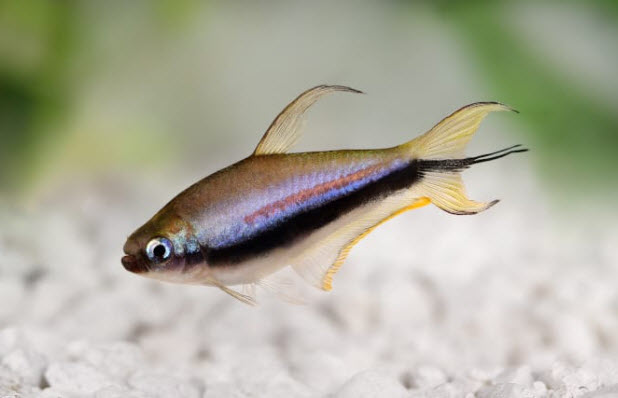
.
Turn-over Through the Filter
The filter standard unit of measure for many years has been how many aquarium tank turn-overs per hour can a filter pump do? For instance, a filter pump doing 500 gallons per hour of flow will “turn over” a 100-gallon tank five times. Anything from 3 to 10 turnovers is “acceptable” according to the well-intentioned commentators on social media.
The silliness of this is illustrated by putting a filter with no media in it but a 500-gallon per hour pump on a 100-gallon tank. The filter, per the logic above, will be doing its job just fine. But this isn’t true. There is no filter media! The actual “best indicator of filter capacity” is the filter media surface area available. Testing shows doubling the filter flow-through will increase the filters capacity by 9%. Testing also showed that doubling the filter media volume or doubling the filter media surface area will double the filter’s capacity, regardless of flow rate.
This complex topic is delved into in some depth in several sites on this website. Probably the best link is this one:
6.5. Flow in the Aquarium
.

Stocking Ratio
This is a very controversial topic. In an article on stocking I give a “Heavy” Stocking level that is three times the “maximum recommended” level of the stocking calculators on the web. But my levels are three to ten time LOWER than the levels of stocking University researchers have determined is the optimum for zebrafish.
So stocking becomes just an OPINION about what stocking fish can thrive at. In my OPINION, a mature, well-established, well filtered aquarium can hold easily three times the “maximum recommended” level of all the “stocking calculators” on the web. Here is a link that discusses it further:
13. Stocking
.

.
Temperature
The temperature of the water that fish swim in is simply not as important as people think it is. Several very experienced hobbyists, including the best in the business: Cory of Aquarium Co-op, have kept their tropical fish aquariums with no heaters in homes going to 65 degrees Fahrenheit (18 degrees Celsius). And their tropical fish have done just fine for many years. This topic is discussed further in this article:
4.2. Temperature
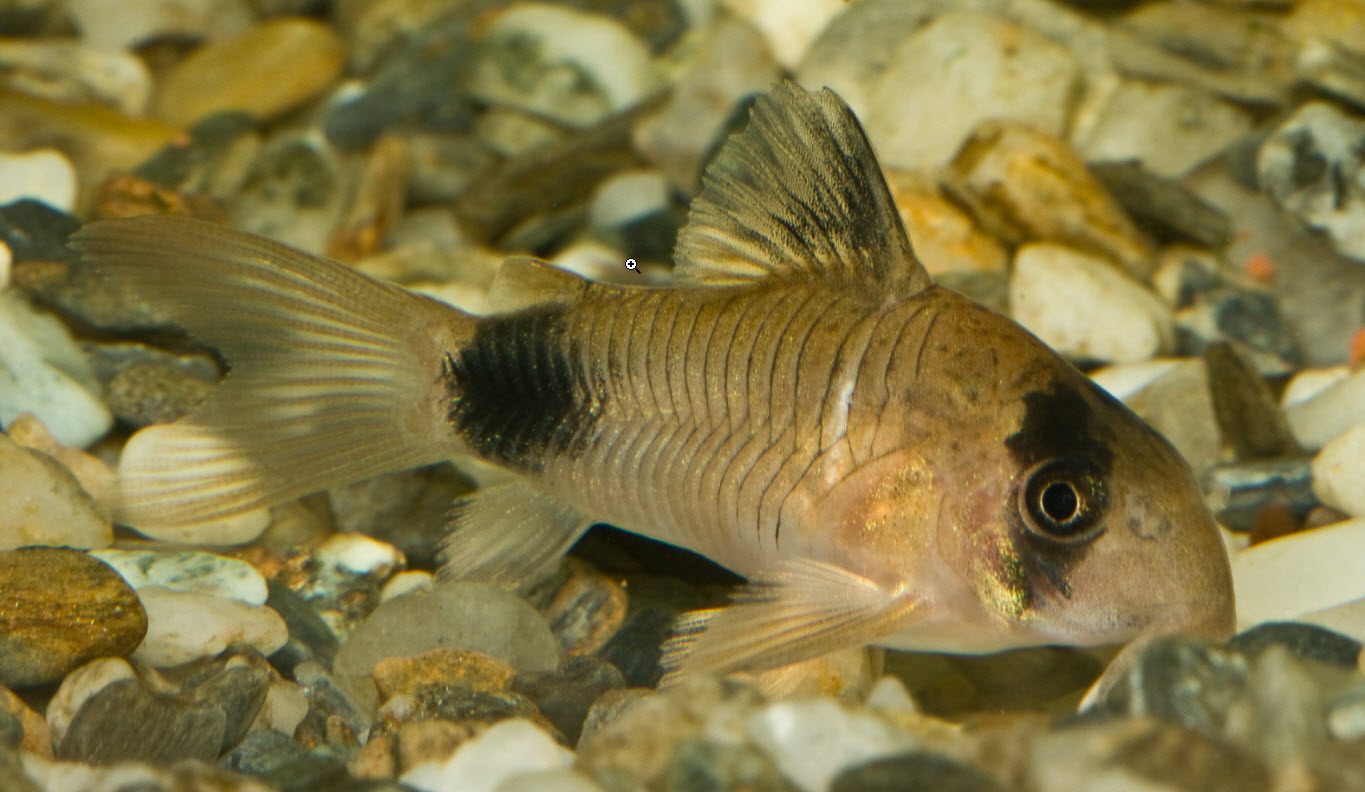
.
Stability of Water Parameters
The going “mantra” in the hobby is “stability”. Supposedly temperature and pH stability is the most important thing you can do for tropical fish. This is just an old myth parroted over and over again. Fish in the wild swim from one temperature to another and one pH to another constantly and rapidly. So saying stability is important is just not true. This topic is covered in this link:
4.8. Stability not Important
.
Paradigm Shift
Many very well intentioned and sincere hobbyists with years in the hobby will disagree with one or many more of these points. I can only encourage them to read the supporting articles and the supporting science. The idea that ALL these are very important has been around for a very long time. They are true “paradigms”. So discounting these points as unimportant will take a paradigm shift for many and paradigm shifts are never easy.

Social Media “Advice”
By the way, there are some well meaning individuals who have listened to all the negative advice on social media and believed it all. They will tell you to “research, research and research some more”. They will advise you to have zero ammonia, zero nitrite, less than 20 ppm nitrates, and “perfect” temperature, pH, GH and KH.
They will tell you you must use every stress coat, specialty salt, pH stabilizer, bacteria-in-a-bottle, ammonia “detoxifier”, etc. found on the local fish store shelf. In addition, you absolutely must change the water frequently, have only one biotope in an aquarium, stock lightly, feed very expensive “high quality” fish food, use only “top-end” filters, ad infinitum.

And if you don’t do all these things your fish will die prematurely from stress and disease.
This advice may be well-meaning, but it encourages a kind of “perfection” that is unnecessary for your fish and your enjoyment of the hobby. If these accounts are making you feel guilty, anxious or bullied etc., step back and ask yourself: are they helping you enjoy healthy fish and your hobby? If not, it is best to simply block them. Otherwise, you will continue to inundated with disheartening officious “encouragement” and advice.

.
Return to Guidelines for Beginners Menu
.
Aquarium Science Website
The chapters listed below or on the right side in maroon lead to close to 400 articles on all aspects of keeping a freshwater aquarium. These articles have NO links to profit-making sites and are thus unbiased in their recommendations, unlike all the for-profit sites you will find with Google. Bookmark and browse!
.

Dave says
In reply to Adam …. The API tests are reasonably accurate. Your water supplier may be adding hardness to the water in order to stabilize the chlorine additions. In any case the water will be just fine for angelfish and tetras.
And the fish photos are from the internet.
Adam says
I notice in this chapter that you say that hardness is not that important, but I have a question anyway.
I bought an API hardness test kit. I followed the directions precisely. According to these tests, my tap water is very hard; 13 drops for GH and 10 drops for KH. This is African Cichlid hardness, right out of the tap. My wife wants to get angelfish and tetras. I am worried that I will need to get a RO filter for these softer water fish.
However, the test results don’t make sense to me. I live in a part of east Texas not known for having especially hard water (my municipal water comes from a river, not an aquifer). I don’t have any hard water marks on my faucets or shower doors.
In your opinion, how accurate are these API hardness test kits?
P.S.: I love the fish photos sprinkled throughout the book. Are they from your tanks?